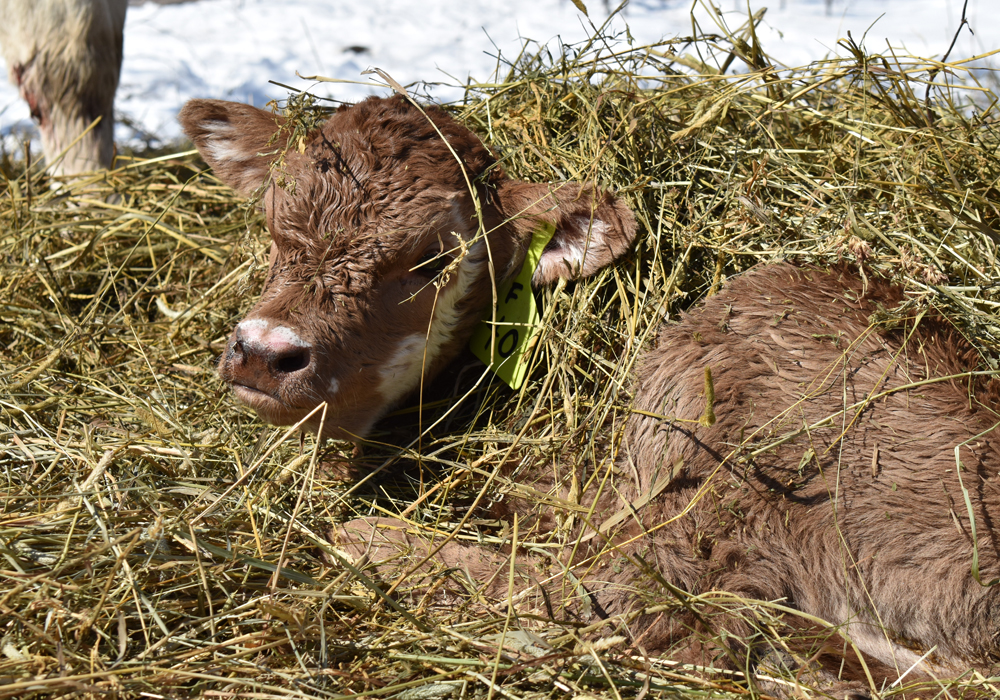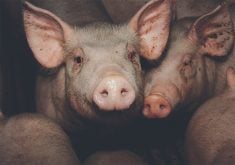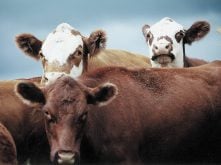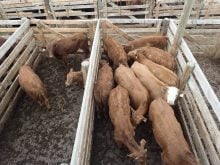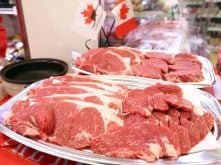WILLIAMS LAKE, B.C. — The trend to later calving dates has advantages and disadvantages, says a researcher with Saskatoon’s Western College of Veterinary Medicine.
Producers wanting a reduced workload have switched to later calving and many report fewer stillbirths and healthier calves, said Cheryl Waldner at the British Columbia Cattlemen’s Association recent annual meeting in Williams Lake.
However, pregnancy rates are dropping when cows need to breed in July and August rather than May or June. This data has showed up in western cow-calf production surveys that have extended to a national survey with 175 herds participating.
Read Also
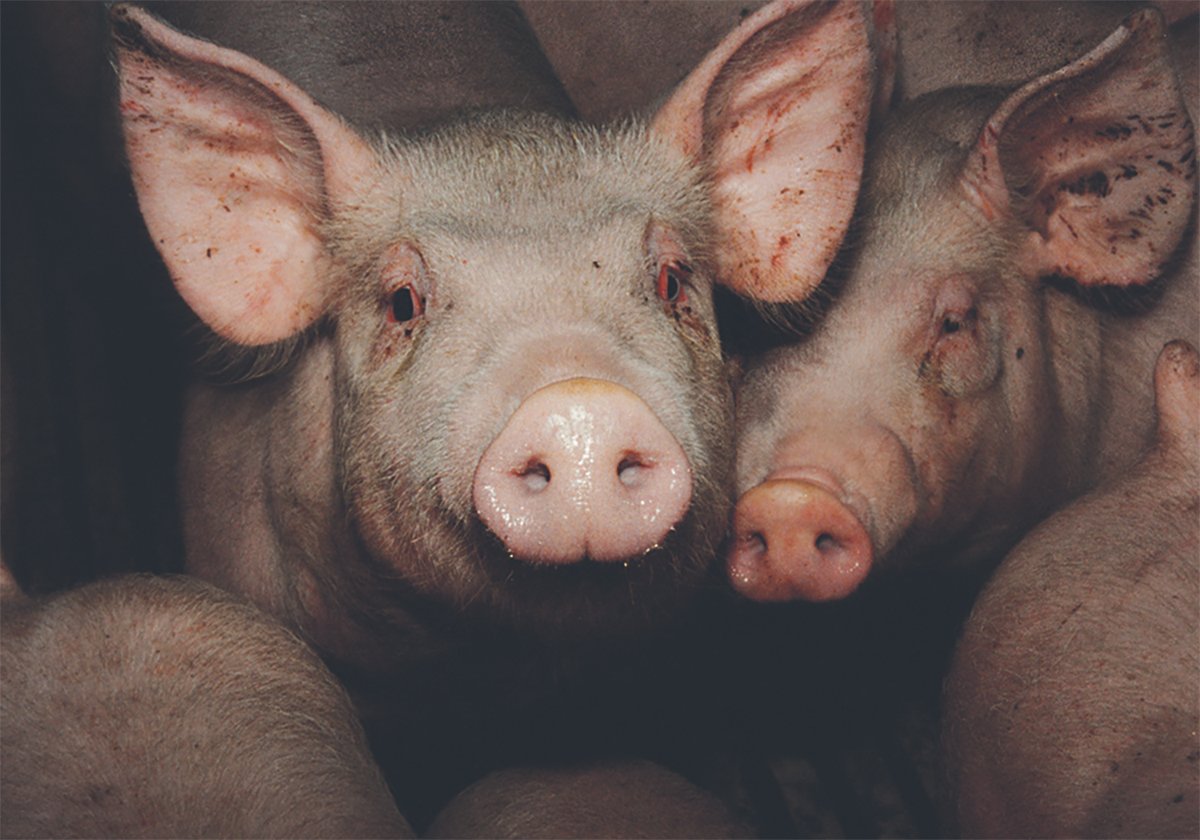
The Western Producer Livestock Report – October 30, 2025
Western Producer Livestock Report for October 30, 2025. See U.S. & Canadian hog prices, Canadian bison & lamb market data and sales insights.
“When we look at breeding our cows at different times of the year, really early is bad because we don’t have green grass and really late is bad and the grass quality is going down,” she said.
“I am not suggesting you change your calving dates but be aware there are nutritional challenges on the cows,” she said.
The productivity survey showed many improvements since the last report in 2011.
More people are pregnancy checking. Open rates of four percent are the goal but the average is 6.8 percent in cows and more than seven percent among heifers.
“If there is one place where we can work on reproductive performance in our cow herd in Western Canada, it is in our heifers. The cows are a lot more consistent,” Waldner said.
In 2002, the abortion rate in Western Canada was about 1.4 percent.
Stillbirths are never reported consistently. They could be dead at birth or die within the first 24 hours of life. Stillbirth risk is lower for cows calving later. Heifers from larger herds are less likely to be pregnant and are more at risk of losing a calf within 24 hours.
Data on calf losses from birth to weaning are harder to find. The average is about one to two percent but the worst scenarios reported losses among cows at nearly seven percent and heifers lost 10.4 percent before weaning.
Weather can affect calf losses.
The first babies born in spring are often healthier because they arrive in a cleaner environment with less disease.
Temperature in the first seven days of life also impacts their health status. Cold weather can adversely impact them up to 30 days.


